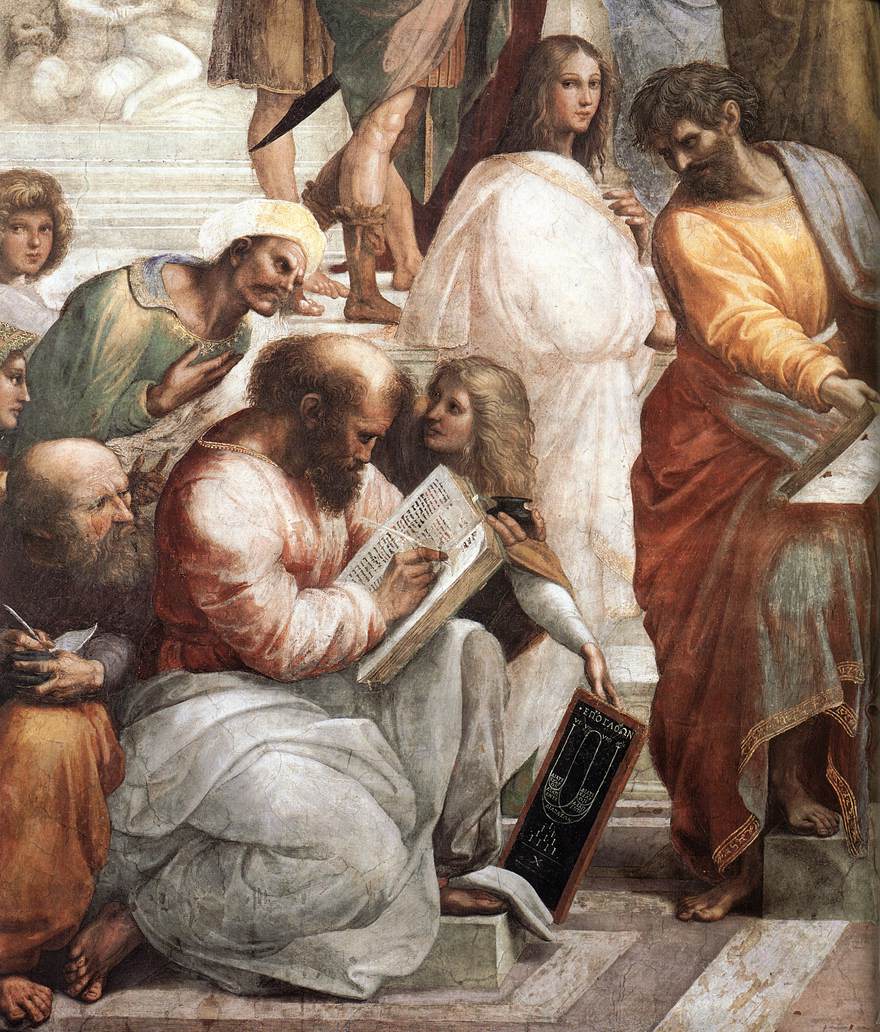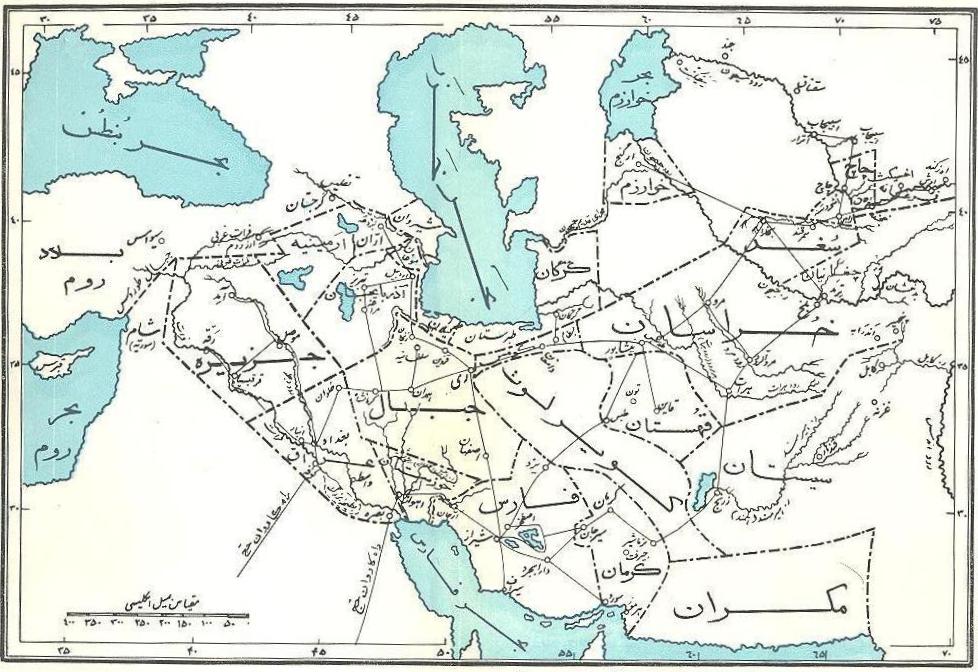|
Sima Bina
Sima Bina ( fa, سیما بینا, ''Simā Binā'', born 4 January 1945) is an Iranian traditional musician, composer, researcher, painter and teacher, described by Radio WDR Germany as the "grand lady of Iranian folk music". Bina's career in the performing arts has spanned more than five decades. Bina has been able to gather and revive a collection of nearly forgotten Iranian folk songs and melodies. She has done extensive research on their origin, which included collecting, recording, writing and re-interpreting popular regional music. Her works cover the entire spectrum of Iranian folk music including Mazandarani music, Kurdish music, Turkmen music, Baloch music, Lur music, Shirazi music, Bakhtiari music, and the music of North and South Khorasan. Early life and career Born in Birjand, Khorasan, in the heart of the popular tradition, she started her career on Iranian radio at the age of nine, under the guidance of her father, Ahmad Bina – a master of Iranian classical mu ... [...More Info...] [...Related Items...] OR: [Wikipedia] [Google] [Baidu] |
Isala Theater
The Isala Theater is a modern theater opened in 1999 in Capelle aan den IJssel near Rotterdam, the Netherlands. The theater offers a comprehensive program including music, comedy, drama, musicals, dance and youth programs. It also screens films. The theatre is the main venue where the DPFC dance school puts on semi-professional theater productions, which usually attract full houses. For two days in June 2010 the theatre staged a show by the students of the Havo voor Muziek en Dans (Academy for Music and Dance) called ''Talent On The Move 2010'', featuring choreography by Sara Erens, Jiří Kylián, Adriaan Luteijn, Hans van Manen Hans Arthur Gerard van Manen (; born 11 July 1932) is a Dutch ballet dancer, choreographer and photographer. He studied under Sonia Gaskell and Françoise Adret. Van Manen wrote many ballets. He worked for the Dutch National Ballet from 1973 ... and Stuart Thom as well as original solos of the fifth graders. References External links *{{cite ... [...More Info...] [...Related Items...] OR: [Wikipedia] [Google] [Baidu] |
Kurdish Music
Kurdish music refers to music performed in the Kurdish languages and Zaza-Gorani languages. The earliest study of Kurdish music was initiated by the renowned Armenian priest and composer Komitas in 1903, when he published his work ''" Chansons kurdes transcrites par le pere Komitas"'' which consisted of twelve Kurdish melodies which he had collected. The Armenian Karapetê Xaço also preserved many traditional Kurdish melodies throughout the 20th century by recording and performing them. In 1909, Scholar Isya Joseph published the work "''Yezidi works''" in which he documented the musical practice of the Yazidis including the role of the musician-like qawâl figures and the instruments used by the minority. Kurdish music appeared in phonographs in the late 1920s, when music companies in Baghdad began recording songs performed by Kurdish artists. Despite being secondary to vocals, Kurds use many instruments in traditional music. Musical instruments include the tembûr (see kurdish ... [...More Info...] [...Related Items...] OR: [Wikipedia] [Google] [Baidu] |
Tehran University
The University of Tehran (Tehran University or UT, fa, دانشگاه تهران) is the most prominent university located in Tehran, Iran. Based on its historical, socio-cultural, and political pedigree, as well as its research and teaching profile, UT has been nicknamed "The Mother University f Iran ( fa, دانشگاه مادر). In international rankings, UT has been ranked as one of the best universities in the Middle East and is among the top universities of the world. It is also the premier knowledge producing institute among all OIC countries. Tehran University of Medical Sciences is in the 7th ranking of the Islamic World University Ranking in 2021. The university offers more than 111 bachelor's degree programs, 177 master's degree programs, and 156 PhD. programs. Many of the departments were absorbed into the University of Tehran from the Dar al-Funun established in 1851 and the Tehran School of Political Sciences established in 1899. The main campus of the unive ... [...More Info...] [...Related Items...] OR: [Wikipedia] [Google] [Baidu] |
Maaroufi
Maaroufi is a surname. Notable people with the surname include: * Abdallah El Maaroufi (1944–2011), Moroccan diplomat * Ibrahim Maaroufi (born 1989), Moroccan footballer * Tarek Maaroufi, Tunisian terrorist See also * Mohammed Mahroufi (born 1947), Moroccan footballer {{surname Surnames of Moroccan origin ... [...More Info...] [...Related Items...] OR: [Wikipedia] [Google] [Baidu] |
Vocal Technique
Vocal pedagogy is the study of the art and science of voice instruction. It is used in the teaching of singing and assists in defining what singing is, how singing works, and how proper singing technique is accomplished. Vocal pedagogy covers a broad range of aspects of singing, ranging from the physiological process of vocal production to the artistic aspects of interpretation of songs from different genres or historical eras. Typical areas of study include: : * Human anatomy and physiology as it relates to the physical process of singing. * Breathing and air support for singing * Posture for singing * Phonation * Vocal resonation or voice projection * Diction, vowels and articulation * Vocal registration * Sostenuto and legato for singing * Other singing elements, such as range extension, tone quality, vibrato, coloratura * Vocal health and voice disorders related to singing * Vocal styles, such as learning to sing opera, belt, or art song * Phonetics * Voice classification ... [...More Info...] [...Related Items...] OR: [Wikipedia] [Google] [Baidu] |
Avaz (music)
''Avaz'', or ''Awaz'' (Persian: آواز) is an unmetered vocal section of a mode in Persian music. In the years 1965 and 1966, Mahmoud Karimi (maestro of Persian vocal music) performed the whole ''Avaz''s which were recorded and transcribed by Mohammad-Taghi Massoudieh. This version was published in 1997 in Tehran Tehran (; fa, تهران ) is the largest city in Tehran Province and the capital of Iran. With a population of around 9 million in the city and around 16 million in the larger metropolitan area of Greater Tehran, Tehran is the most popul .... References *Massoudeih, M. T. (1997). ''Radīf-i āvāzī-i mūsīqī-i sunnatī-i Īrān''. Persian Music Association, Tehran. . * External links * http://fis-iran.org/en/content/classical-persian-music-archives - Foundation of Iranian Studies Official Site Persian music Vocal music {{music stub ... [...More Info...] [...Related Items...] OR: [Wikipedia] [Google] [Baidu] |
Radif
Radif ( fa, ردیف, meaning ''order'') is a rule in Persian, Turkic, and Urdu poetry which states that, in the form of poetry known as a ghazal, the second line of all the couplets (''s'' or ''shers'') ''must'' end with the ''same'' word/s. This repeating of common words is the of the ghazal. It is preceded by a ''qaafiyaa'', which is a repeating pattern of words. The following is an example of a ghazal by Daag Dehelvi. In this example the is . The is the following pattern of words: (in the first hemistich A hemistich (; via Latin from Greek , from "half" and "verse") is a half-line of verse, followed and preceded by a caesura, that makes up a single overall prosodic or verse unit. In Latin and Greek poetry, the hemistich is generally confined to ...), , (in the fourth hemistich), , and . References Persian poetry Urdu-language poetry Ghazal Rhyme {{Poetry-stub ... [...More Info...] [...Related Items...] OR: [Wikipedia] [Google] [Baidu] |
South Khorasan Province
South Khorasan Province ( fa, استان خراسان جنوبی ''Ostān-e Khorāsān-e Jonūbī'') is a province located in eastern Iran. Birjand is the centre of the province. The other major cities are Ferdows, Tabas and Qaen. In 2014, it was placed in Region 5. This new province, is but the old Quhistan which was included into greater Khorasan in the Iranian administrative planning. However, historically Qohistan forms a separate entity, with a distinct culture, history, environment and ecology. South Khorasan is one of the three provinces that were created after the division of Khorasan in 2004. While at the beginning, the newly created "South Khorasan" included only Birjand County and some new counties detached from that county (i.e. Nehbandan, Darmian and Sarbisheh), in subsequent years, all northern and western cities and territories of the old Quhistan (such as Qaen, Ferdows and Tabas) have been annexed into the South Khorasan. South Khorasan Province consists of ... [...More Info...] [...Related Items...] OR: [Wikipedia] [Google] [Baidu] |
North Khorasan Province
North Khorasan Province ( fa, استان خراسان شمالی, ''Ostān-e Khorāsān-e Shomālī'') is a province located in northeastern Iran. Bojnord is the capital of the province. The counties of North Khorasan Province are Shirvan County, Esfarayen County, Maneh and Samalqan County, Raz and Jargalan County, Jajarm County, Faruj County, and Garmeh County. North Khorasan is one of the three provinces that were created after the division of Khorasan in 2004. In 2014 it was placed in Region 5. History Greater Khorasan has witnessed the rise and fall of many dynasties and governments in its territory throughout history. Various tribes of Persians, Arabs, Turks, Kurds, Mongols, Turkmens, and Afghans have brought change to the region time and time again. Ancient geographers of Iran divided Iran into eight segments, of which the largest was the territory of Greater Khorasan. Esfarayen, among other cities of the province, was one of the focal points for settlement by Aryan ... [...More Info...] [...Related Items...] OR: [Wikipedia] [Google] [Baidu] |
Bakhtiari People
The Bakhtiari (also spelled Bakhtiyari; fa, بختیاری) are a Lur tribe from Iran. They speak the Bakhtiari dialect of the Luri language. Bakhtiaris primarily inhabit Chaharmahal and Bakhtiari and eastern Khuzestan, Lorestan, Bushehr, and Isfahan provinces. Bakhtiari tribes have an especially large population concentration in the cities of Masjed Soleyman, Izeh, Shahr-e Kord, and Andika, and the surrounding villages. A small percentage of Bakhtiari are still nomadic pastoralists, migrating between summer quarters (''sardsīr'' or ''yaylāq'') and winter quarters (''garmsīr'' or ''qishlāq''). Numerical estimates of their total population vary widely. Origins Although there have been several suggested theories for the origin of the Bakhtiyaris, historians and researchers generally agree that they are Lurs. According to folklore, the Lurs are descended from a group of youngsters who survived and fled from the demon Zahhak, a demonic figure who is mentioned in Zoroastr ... [...More Info...] [...Related Items...] OR: [Wikipedia] [Google] [Baidu] |
Shiraz
Shiraz (; fa, شیراز, Širâz ) is the List of largest cities of Iran, fifth-most-populous city of Iran and the capital of Fars province, Fars Province, which has been historically known as Pars (Sasanian province), Pars () and Persis. As of the 2016 national census, the population of the city was 1,565,572 people, and its built-up area with Sadra, Fars, Sadra was home to almost 1,800,000 inhabitants. A census in 2021 showed an increase in the city's population to 1,995,500 people. Shiraz is located in Southern Iran, southwestern Iran on the () seasonal river. Founded in the early Islamic period, the city has a moderate climate and has been a regional trade center for over a thousand years. The earliest reference to the city, as ''Tiraziš'', is on Elamite Clay tablet, clay tablets dated to 2000 BCE. The modern city was restored or founded by the Arabs, Arab Umayyad Caliphate in 693 CE and grew prominent under the successive Iranian peoples, Iranian Saffarid dynasty, Saffar ... [...More Info...] [...Related Items...] OR: [Wikipedia] [Google] [Baidu] |




